The three questions that technology decision makers are most concerned about when selecting a CDN service are: First, which CDN is faster (faster, better user experience). Second, which CDN has the most complete functions. Even if it is not used now, it will not dig future business development. Third, how to pay the most cost-effective. This article aims to provide some inspiration and suggestions by analyzing the network environment and technical services of the top 10 service providers that have the highest market share in the domestic CDN market. CDN service providers often quote test data from independent third-party companies to prove their CDN service is better. Although these data may be accurate in a certain area or time period, they are actually blind and obscure and cannot prove the true performance of full-time and full-net CDN services. Perhaps starting from the network environment and technical functions provided by the CDN service providers will be a more scientific and fair comparison method. Domestic users generally use Internet providers (ISPs) for broadband Internet access. The specific access procedures are as follows: figure 1 The process of the user terminal accessing the CDN is divided into two steps. One is that the user finds the nearest CDN edge node IP through the DNS; the other is that the data is delivered to the user terminal in the network. Throughout the entire process, there are three aspects that affect the user's experience of accessing the CDN. First, a CDN provider with a DNS optimization strategy will have a better user experience. As you can see from Figure 1, the DNS Resolver of the client terminal is responsible for telling the browser where to find CDN resources. In theory, the ISP's DNS server will choose the nearest CDN node IP from the user and return it to the user, but the actual situation is not so simple. The ISP services in large cities in China, except for some regional ISPs, are basically monopolized by big operators such as China Unicom, telecommunications and mobile. Due to the existence of inter-network fee settlement among various operators, operators will make every effort to resolve user access in their own network. For example, the users of Guangzhou United Broadband would like to visit the CDN node of Unicom Beijing. Although the CDN node of Guangdong Mobile has resources that the user wants to access, Unicom's DNS will still return the IP of the Unicom Beijing CDN node. In addition, some ISPs have made a CDN cache for some CDN files without the consent of the CDN service provider to save Internet traffic. Through the “DNS hijackingâ€, some ISPs point their requests for accessing CDN resources to illegal CDNs on their own networks. Cache server. In many cases, these cached contents cannot be updated in time with the CDN nodes. This may cause the user terminals using the ISP to access the CDN resources slowly and fail. At the same time, the problem of serious DNS pollution in China also affects users' online experience. Therefore, if you can use some technologies to optimize user DNS queries, you will greatly improve the user experience. The current technologies for optimizing DNS are: HttpDNS: The client sends a domain name resolution request to the DNS server specified by the CDN service provider based on the Http protocol, thereby avoiding domain name hijacking and cross-network access caused by LocalDNS. Figure 2 figure 2 Http 302 Jump: The CDN vendor maintains the CDN domain IP library, selects the most suitable CDN node based on the user's access to the terminal's IP and the state of the CDN's edge node, sends the 302's HTTP return code, and jumps the user's request to the appropriate CDN. Edge node. For example, Tencent's download through train uses similar technology. image 3 image 3 Second, a CDN provider with an Autonomous System (AS) has data packets that span a minimum network boundary and can achieve faster transmission speeds. In the BGP protocol, when an IP packet is transmitted from one AS to another, it needs to pass through a border router. If the IP packet is unreachable due to a network problem, the border router needs to re-plan the line. If the CDN service provider owns the autonomous system, and the AS has the same routing strategy internally, the data can be transmitted efficiently in the CDN service provider's own AS. Theoretically, the time it takes to ultimately deliver the service to the user will also be minimal. Just as we drive in the province, we must spend less time than multiple toll stations across multiple provinces. Third, the more neighboring ASs in the autonomous system AS where the CDN service provider is located, the closer to the operator backbone network, the data transmission will have more advantages. The closer the AS where the CDN service provider resides to the operator backbone AS, the less time it takes to transmit the packet. In addition, if a CDN vendor leases bandwidth lines of multiple operator brands at the same time, the IP of its servers will also belong to the ASs of these operators, and the data transmission time of the cross-operators will also be faster than that of only one operator. some. Just like there are multiple expressway passes, the data can be accessed directly from the user's road surface in transit, rather than switching back and forth over multiple roads, avoiding unnecessary loss of time. Select the top 10 CDN service providers on the IDC review network and use the following methods to collect data: Visit the CDN service provider's website to collect information about the accelerated features of the CDN and get the comparison item 1. The IP addresses corresponding to their domain names are queried by nslookup, and the operators of the U.S. Hurricane Electric company that use the web-based tools to search for AS numbers and their associated neighboring domains belong to comparative terms two and three. The above data collection method has the following assumptions: The CDN vendors built their main station in the same AS as their own CDN and did not rent hosts from other vendors. If manufacturers do not even use their own products with their own main stations, they can only show that they do not have confidence in their products. CDN vendors publish their DNS-optimized features on the Internet. In the fiercely competitive CDN industry, manufacturers hope to publicize their own highlights. There is no such thing as wine. Note: The 9th Century Internet site's introduction to its CDN service is very limited and it is unable to obtain the required information. The 11th Jingdong Cloud has been added. The comparison results are shown in the following table 1: Table 1 Alibaba Cloud, Tencent Cloud and Cyberspace Technology can be ranked as the first tier because they support the technical advantages of HttpDNS. The second tier is Baidu Cloud, Blue News, Ucloud and Netease Cloud. Their ASs are adjacent to two or more operator backbone ASs, which also have certain advantages. The rest of Jinshan Cloud, Qiiuyun and Jingdong Cloud are ranked in the third tier. The AS of Jinshan Cloud is only connected to the telecommunication backbone network AS. Users using other operators to access their CDN nodes are theoretically slower than telecommunications. Qiiuyun and Jingdong Yunqi Networks belong to Beijing Telecom's AS and need to cross two ASs to access the backbone network. Theoretically, the speed is also slightly slower than other CDN service providers. The function of the CDN service is very numerous. In order to facilitate the selection of 11 commonly used functions, it mainly covers acceleration optimization, monitoring and security. Accelerate optimization HTTP2.0 acceleration Compared with HTTP 1.1, HTTP 2.0 has made great changes and optimizations, such as header compression and server push. Because it requires both the server and the browser to support the HTTP 2.0 protocol, there is still a period of time to gain general support in the country. However, as the next generation HTTP protocol of the Internet, even if we do not use it now, we should consider leaving room for future system upgrades. File compression Currently, the Web server used by the CDN node generally supports the compression of the GZIP protocol. When the user's browser accesses the static resource and supports Gzip compression, the server can compress and package the resource to the browser. The browser decompresses the file and reduces the file size. The amount of data and time transmitted over the Internet. Source push In order to prevent the traditional CDN nodes from pulling data at the source station at the same time, the peak of access pressure causes the bandwidth and server of the source station to be overwhelmed. The CDN vendor uses the source push function to push the content of the source station to the edge CDN node in advance and perform refresh and warm up in advance. On-demand acceleration CDN accelerates streaming media files such as audio and video, and behind it is a complex set of technical solutions, including uploading, transcoding, and distribution, as well as CDN edge nodes issuing appropriate streaming media formats based on user terminal support protocols. Different CDN service providers have different technical implementation plans for on-demand acceleration. It is not easy to make a quantitative comparison and only use whether or not to support the broadcast acceleration function to compare. Live acceleration How to solve the technical challenges of live broadcast acceleration, such as playback delay, multi-channel audio and video merging at the time of Lianmai, and the impact of sudden hotspots on bandwidth, all have high requirements on the technical, hardware, and network conditions of CDN service providers. It also compares whether it supports live broadcast acceleration. Monitoring statistics real time monitoring The CDN service provider provides graphical tools for statistics and monitoring of CDN usage, such as clicks, hit rates, and downstream traffic on the public network. It is convenient for customers to assess the efficiency and results of CDN usage, identify problems in a timely manner and adjust network bandwidth budgets. Raw log Provides access logs for all client terminals accessing the CDN service. These logs appear to be useless and are actually valuable. For example, you can estimate the actual downstream traffic of the CDN by analyzing the total amount of packets in the original log as a reference for paying CDN service fees. It is also possible to evaluate the actual access to the CDN by end users in each region by analyzing the response time of these logs and combining the client IP. Safety Anti-theft chain There are many methods for anti-chaining of CDN service providers. For example, the commonly used HTTP Referer anti-theft chain uses the referer attribute in the http header to determine the IP address of the website where the user submits information, and then compares it with the address of the real source station. It indicates that it is submitted within the station, or submitted for a site that it trusts, otherwise it is considered as a hotline. IP black and white list The black and white list is the ability to manage the source IP access requested by users based on business needs, providing us with proactive defense capabilities. Using the IP blacklist feature can effectively help us to prevent hotlinking and malicious attacks. SNI (server name indicates Server Name IndicaTIon) Websites using SSL/TSL protocol verification are currently the best ways to prevent hotlinking and resolve DNS hijacking. At present, large-scale websites at home and abroad have been replaced with HTTPS communication methods based on this protocol. Earlier SSL protocols used only one certificate per IP address. TLSv1z adds the Server Name Indication (SNI) feature, which allows the server to select the correct virtual domain during the handshake phase and send the corresponding certificate by sending the virtual host name as part of the TLS negotiation. In this way, multiple certificates can be deployed on each IP, which saves resources for users running many virtual machines and domain names. If the CDN service provider supports this feature, the CDN service supports HTTPS and TSL v1 or later. OCSP STAPLING When using SSL authentication, the client will check the OCSP (Online CerTickety Status Protocol) interface in real time during the TLS handshake phase to determine whether the server certificate is invalid. The follow-up process will be blocked until the OCSP result is obtained. Usually the issuing authority is abroad and the client's access will delay the entire TLS handshake time. The OCSP Stapling function means that the server encapsulates the OCSP query result of the certificate authority's certificate in the certificate chain, so that the client browser skips the process of verifying itself. If the CDN service provider supports this feature, its CDN service supports HTTPS acceleration is better. Score the above ten CDN service providers and the results are as follows: Table 2 Tencent Cloud and Cyberspace Technology score the highest, and other vendors have their own advantages and disadvantages. Companies with more than 9 points accounted for the top 50%, which are Tencent Cloud, Cyberspace Technology, Ali Cloud, and Baidu Cloud Blue. The bottom 50% of the manufacturers scored between 8-7 points. Billing method: Currently, there are two types of CDN charging methods commonly used in the industry: peak bandwidth per bandwidth and traffic. Peak bandwidth billing A bandwidth peak (in Mbps) is counted every 5 minutes, and 288 peaks are obtained each day. The peak bandwidth of the day is used as the settlement standard. Billing cycle is generally used daily billing, daily zero deduction. According to the flow fee The actual traffic used every month is used as the settlement standard. Price is generally used for ladder pricing. Billing cycles are generally billed on a monthly basis and deducted at zero on the last day of each month. There are also some companies that use daily billing or hourly billing and deductions. compare results The manufacturer's fees are as follows: table 3 Note: Some CDN manufacturers will offer discounts to large monthly customers. This article does not compare. According to the peak billing, there are 6 companies supporting 10 companies, 3 companies are not supported, and 1 company has no public pricing. The average market price of 500M-5G bandwidth is 0.69 Mbps. There are four vendors with peak bandwidth billing below 0.69 yuan, namely Alibaba Cloud, Tencent Cloud, Baidu Cloud, and Jinshan Cloud. According to the support of 9 of the flow fee, there is no open price on the Internet, and the average flow price of the 10T-50T ladder is 0.25 yuan/G. There are five manufacturers with a flow rate less than 0.25 yuan/G, namely Alibaba Cloud, Tencent Cloud, Blue Cloud, Jinshan Cloud, and Seven Bull Cloud. The 1Mbps bandwidth is calculated as follows: 1Mbps = 128KB/s. 128KB/s = 7680KB/minute (7.5MB/minute). 7680KB/minute = 460800KB/hour (450MB/hour). 460800KB/hour = 11059200KB/day (10.54gb/day) By calculation, a 1 Mbps bandwidth network can consume about 10.5G of traffic when it runs full 24 hours a day. Calculate the peak bandwidth usage and traffic cost comparison by using the 10%, 20%, 25%, and 30% peak values ​​of network utilization. The results are shown in the following table: Table 4 Usually everybody will choose to press the flow fee. However, if the actual utilization of the bandwidth is greater than 30%, the actual amount of money spent is less than the actual consumption of the billing mode. For example, we use 50Mbps peak bandwidth to spend 34.5 yuan per day. If the CDN utilization is greater than 30%, the actual traffic used is 131.25G. The corresponding traffic accounting costs 39.38 yuan, which is more cost-effective for peak broadband billing. Single-chain link speed limit The widespread concern with using peak broadband billing is that the malicious attacks cause huge peaks in a short period of time. Calculating the entire day's costs at the peak value is not worthwhile. Using a single link rate limit can avoid this problem. The so-called single-link speed limit is to set the download speed of the restricted single connection on the WEB server of the edge node of the CDN so that the maximum speed is limited within the preset value. This function can guarantee the user's access experience, smooth the bandwidth value to a certain extent, and reasonably save the bandwidth cost. However, at present, only ChinaNetCenter claims to support this function, and other CDN vendors do not support it. Answered three questions about the speed, function, and price of the CDN service provider. Which one is the most cost-effective? Finally make a comprehensive comparison: In the speed score, the first team scores 3 points, and so on. The second team has 2 points and the third team has 1 point. In the functional score, CDN service providers with scores greater than 9 scored 1 point, while others did not score. In the price scoring, CDN service providers with a peak bandwidth charge of 500M-5G bandwidth lower than the average market price of 0.69 won 1 point, and traffic charges less than 0.25 yuan/G. The result is as follows: table 5 Alibaba Cloud and Tencent Cloud ranked first in 6 points, with obvious advantages in CDN services. Baidu, ChinaNetCenter, and Lanxun are all tied for second place with 4 points. Baidu's price has advantages, and ChinaNetCenter is gaining momentum in terms of access speed. Blue News is relatively average in all aspects. Jinshan Cloud ranked third. Other CDN service providers score less than 3 points, less than 50% of the total score (6 points), and are at a disadvantage in the competition of the CDN industry.
As a mobile multi-purpose platform, tablet computers also provide many possibilities for mobile teaching. The touch-based learning & entertainment teaching platform allows children to efficiently improve their academic performance in a relaxed and pleasant atmosphere. Such tablet computers generally integrate two learning sections of various courses and systematic learning functions. Generally, it includes multi-disciplinary high-quality teaching resources. The education tablet has the following main functions: it has the functions of touch screen input, text editing, picture editing, data storage, data management, wired and wireless Internet access that ordinary tablet computers have; Management functions, search methods support manual search, query by keyword, query by time; text and pictures can be scanned and converted into documents to save.
Education Tablet,learning tablet,leaning machine,New learning tablet Jingjiang Gisen Technology Co.,Ltd , https://www.gisentech.com
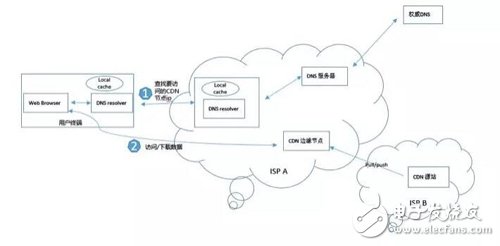

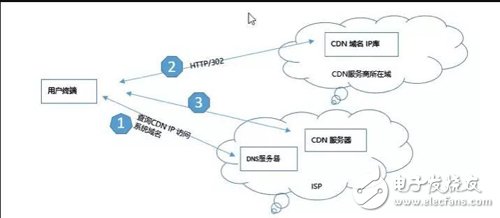
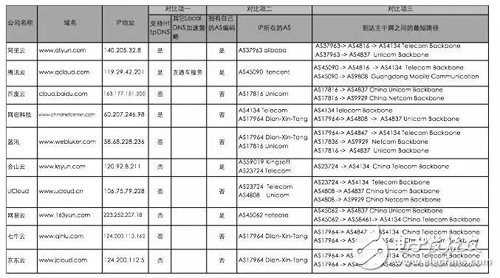
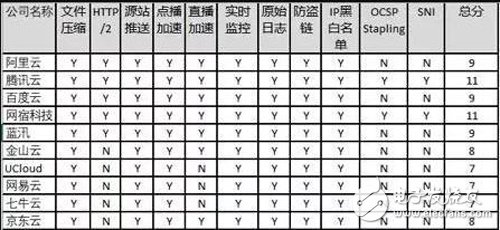
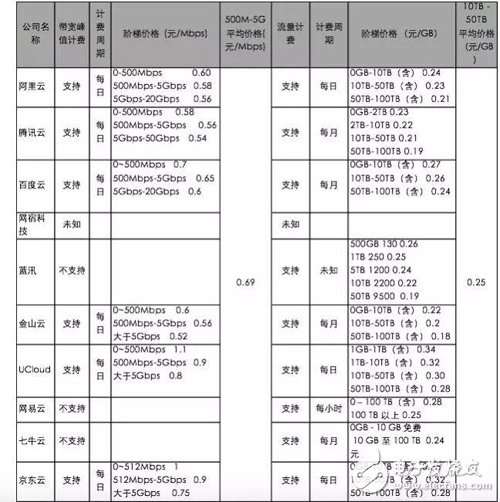

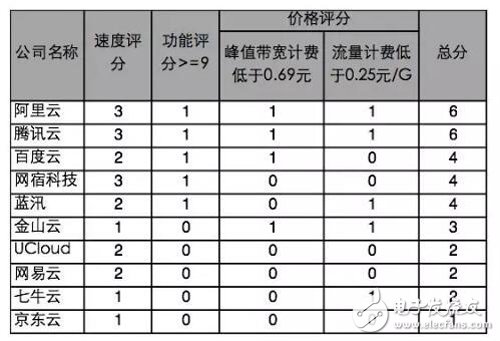
May 13, 2023